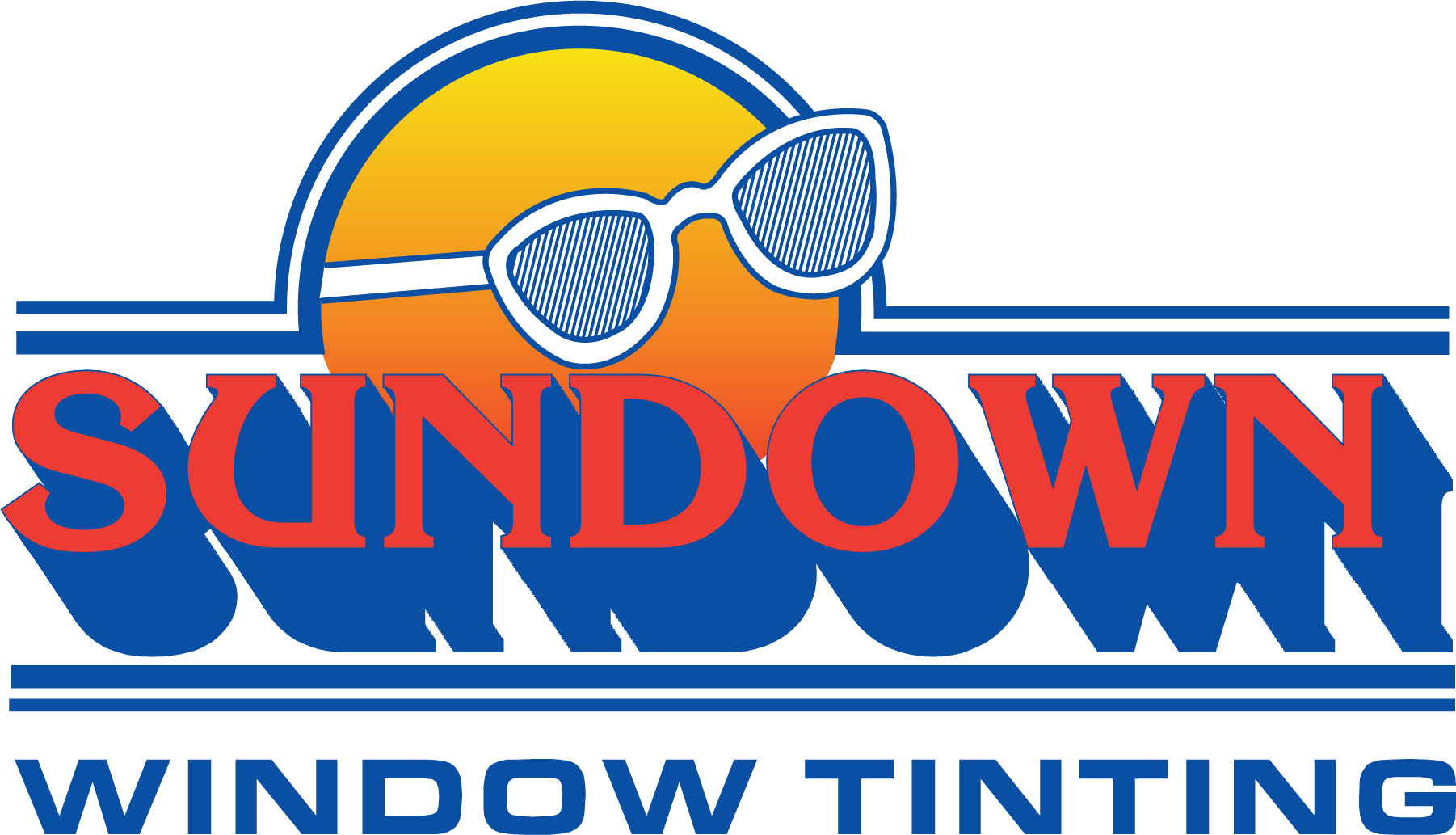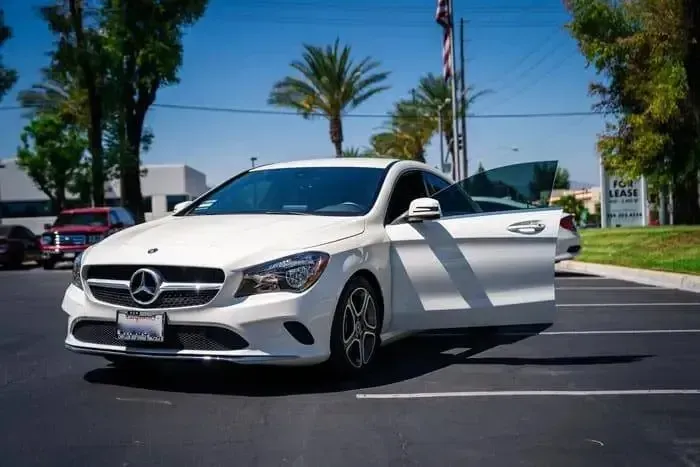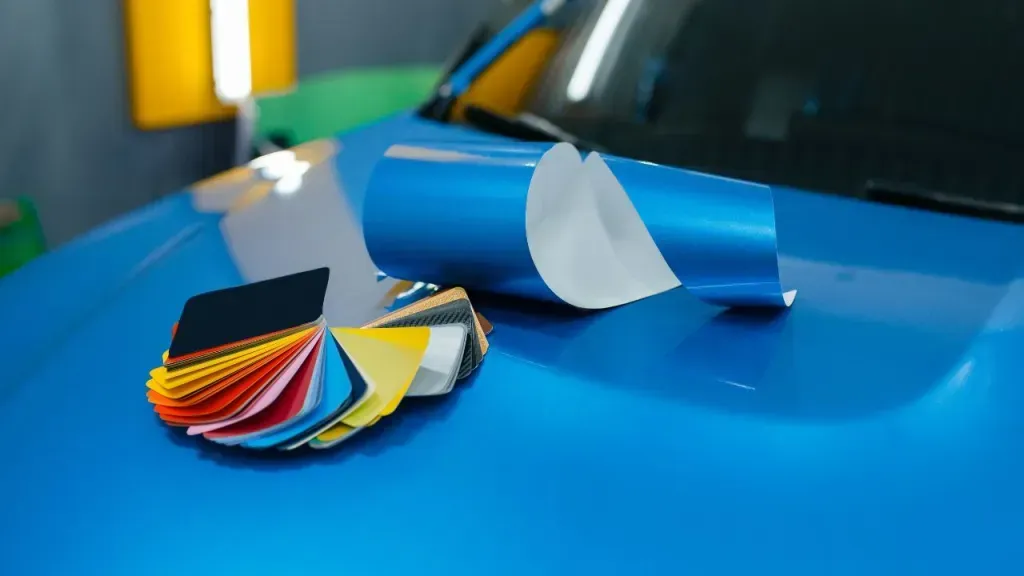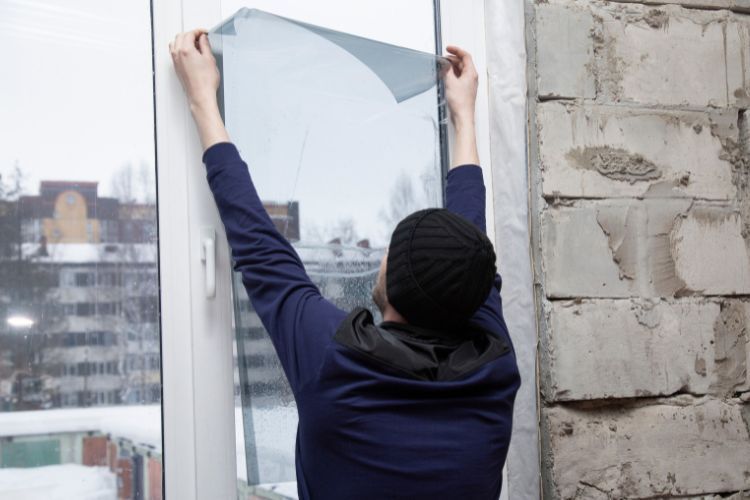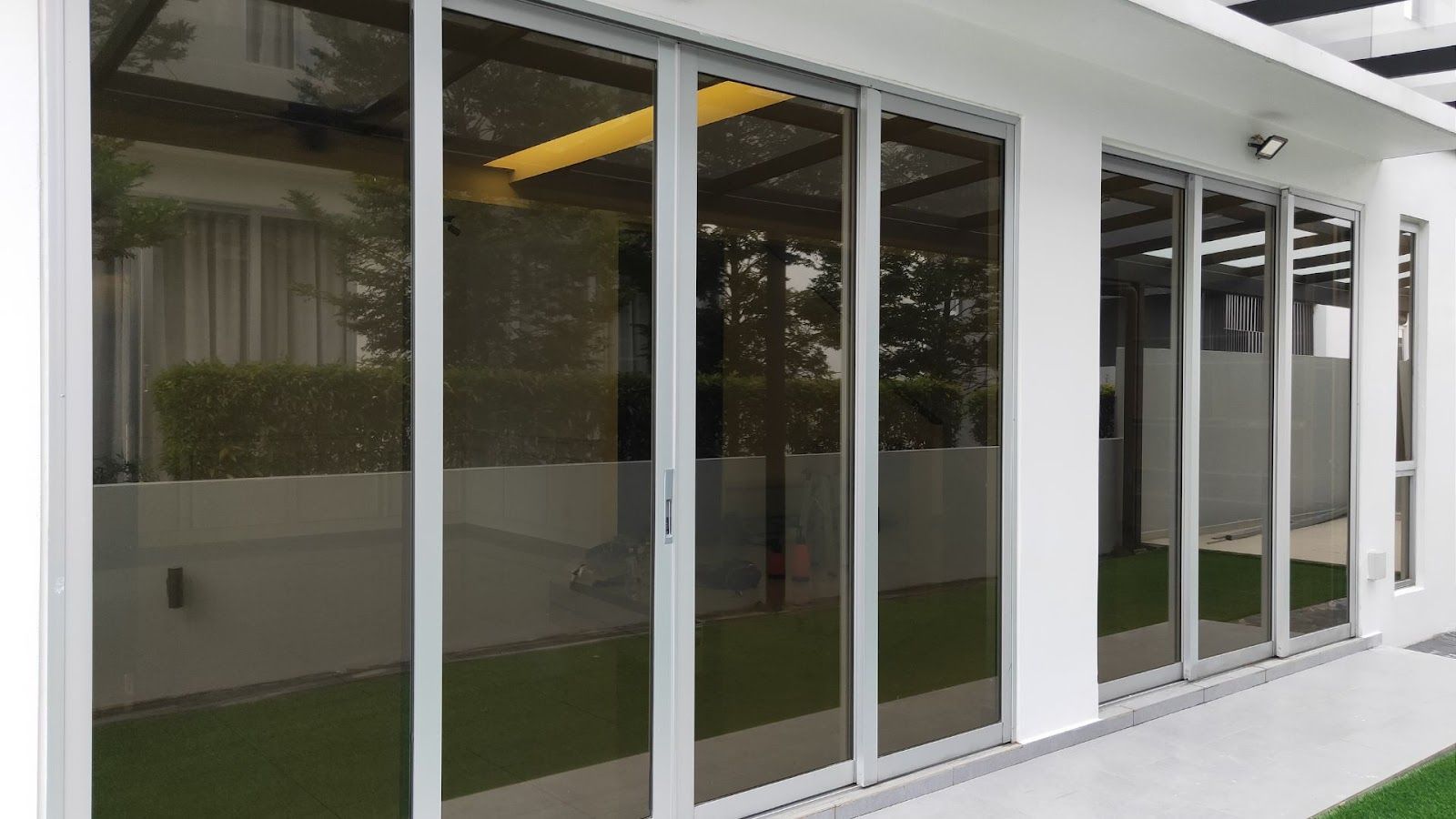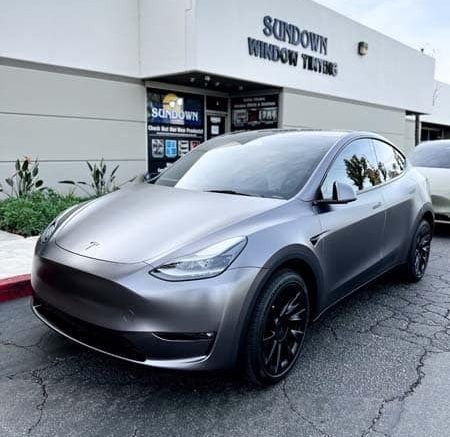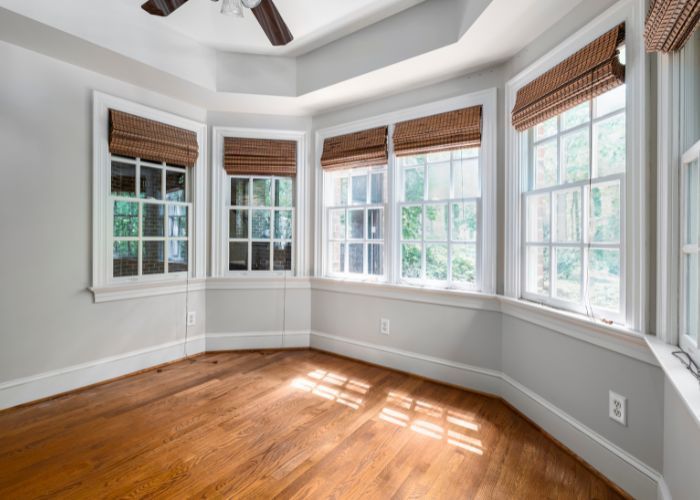For many car owners, their vehicle is more than just a mode of transportation. It’s a source of pride, a reflection of their personality, and an extension of their cherished hobbies. But let’s face it: the daily grind of driving can take a toll on a car’s appearance. From rogue shopping carts in parking lots to the relentless peppering of highway debris, keeping your vehicle looking showroom fresh can feel like a constant battle.
This is where Paint Protection Film (PPF), also known as clear bra, steps in. This transparent urethane film acts as a sacrificial barrier, taking the brunt of the punishment your car’s paint endures. Let’s take a closer look into the pros and cons of PPF to help you decide.
The Case for PPF: A Shield Against the Elements
- Scratch and Chip Savior: PPF’s primary function is to protect your paint from scratches, nicks, and chips caused by flying rocks, gravel, and everyday wear and tear. This is especially beneficial for cars driven frequently on highways or in areas with loose gravel.
- Sun’s Out, Paint Protected: The sun’s ultraviolet (UV) rays are a relentless enemy of car paint, causing it to fade and lose luster over time. PPF acts as a shield, absorbing UV rays and preventing your paint from succumbing to this slow burn.
- Chemical Warfare: Bird droppings, bug splatter, and even acidic rain can all leave unsightly marks and potentially damage your car’s clear coat. PPF provides a barrier against these environmental hazards, making cleaning up these messes a breeze.
- Self-Healing Properties: Some
high-end PPF films boast self-healing properties. Minor scratches and swirl marks can disappear upon exposure to sun heat, keeping your car looking flawless for longer.
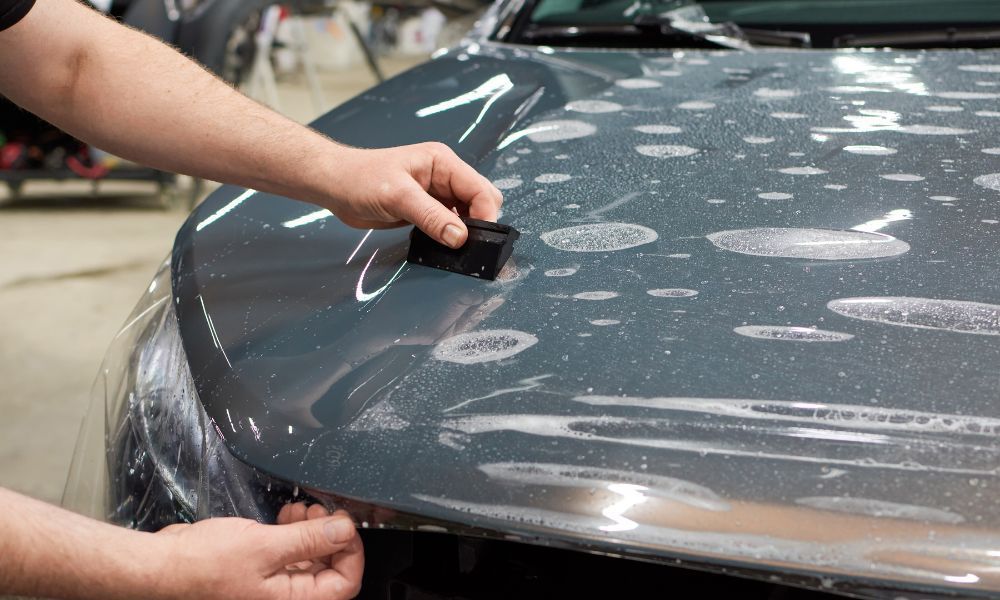
The Flip Side: Weighing the Drawbacks
- Cost Factor: Professional PPF installation is a costly undertaking. The price depends on the size and complexity of the car, the quality of the film, and the level of coverage you choose. A full body wrap can cost several thousand dollars while protecting high-impact areas like the hood and front bumper, which will be significantly less expensive.
- Visible Seams: High-quality PPF is virtually invisible once applied, but the edges can sometimes be noticeable, especially on complex curves. A skilled PPF installer can minimize this, but it’s a factor to consider.
- Maintenance Needs: Like any exterior surface, PPF requires proper care to maintain its optimal performance. Regular washing and avoiding harsh chemicals are crucial to prevent staining and discoloration.
- Temporary Solution: Although durable, PPF isn’t a permanent solution. Over time, it can turn yellow or lose its adhesive properties, necessitating removal and replacement.
Making the Right Choice: PPF is for You If…
- You plan on keeping your car for a long time.
- You value a flawless, showroom-quality finish.
- You frequently drive on highways or in areas with loose gravel.
- You park outdoors and want to protect your paint from UV rays.
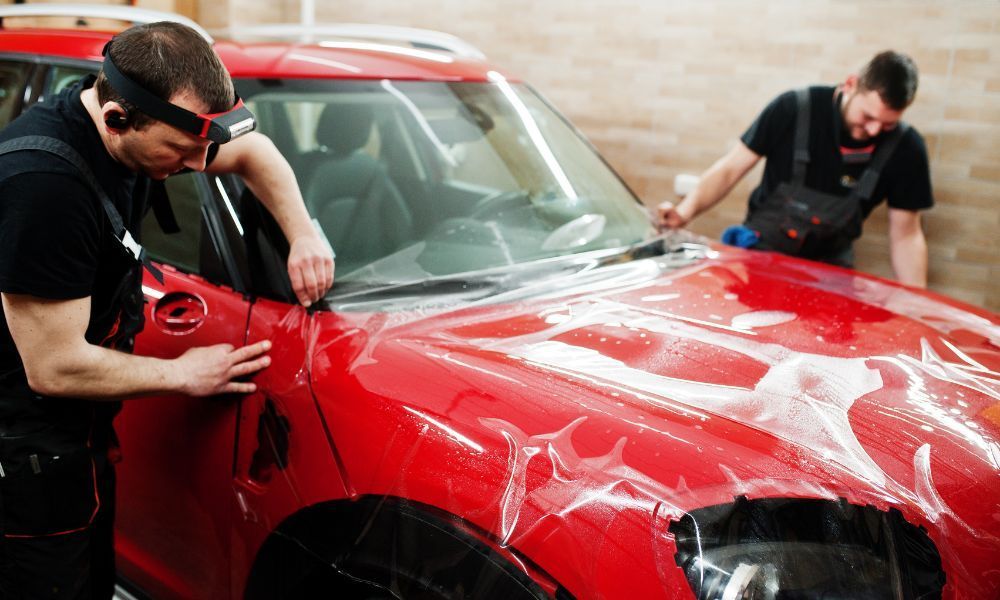
Keep the Protection Going with Window Tinting
Once you’ve invested in protecting your car’s paint, consider taking the next step towards a complete shield from the sun’s harmful rays. Window tinting at Sundown Window Tinting not only enhances the aesthetic appeal of your car, but it also blocks harmful UV rays, reduces interior heat, and protects your passengers from sun glare. Contact Sundown Window Tinting today for a free consultation and learn how window tinting can complement your PPF investment and elevate your car.’
Posted in Car Window Tinting
